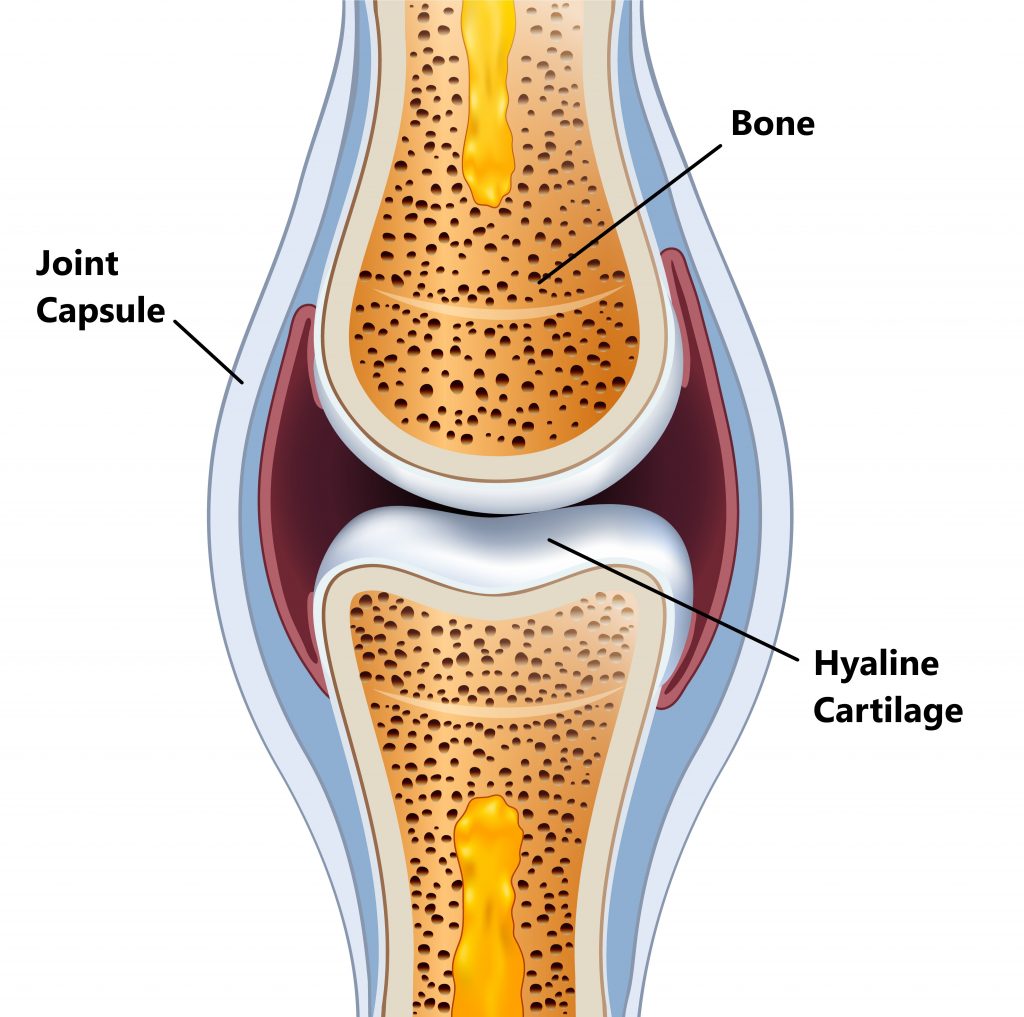Joint pain and cartilage damage can severely limit mobility and quality of life, especially for athletes and active individuals. Fortunately, cartilage preservation and joint restoration surgery have advanced significantly, offering effective, biologic solutions that delay or prevent the need for joint replacement.
Two cutting-edge procedures—MACI (Matrix-Induced Autologous Chondrocyte Implantation) and osteochondral allograft transplantation—are changing the game for people suffering from cartilage injuries, particularly in the knee joint.
In this article, we’ll explore what these procedures are, who they benefit, and how they promote long-term joint health.

Articular cartilage is the smooth, white tissue covering the ends of bones in joints. It enables low-friction movement and absorbs shock. Unlike other tissues, cartilage has limited capacity for self-healing, making damage from injury or wear-and-tear particularly problematic.
If left untreated, cartilage defects can lead to osteoarthritis, joint instability, and chronic pain. Cartilage restoration procedures aim to repair or replace damaged cartilage before irreversible joint degeneration sets in.
MACI (Matrix-Induced Autologous Chondrocyte Implantation) is a two-step, FDA-approved procedure used to treat symptomatic cartilage defects of the knee. It is especially effective for active individuals between the ages of 18 and 55.
Osteochondral allograft transplantation is a procedure where a donor cartilage and bone graft is used to repair large or complex cartilage defects, often when other treatments have failed or are not suitable.
FeatureMACI ProcedureOsteochondral Allograft TransplantCell SourceAutologous (patient’s own cells)Allogeneic (cadaver donor)Suitable Defect SizeSmall to medium (2–10 cm²)Large (>2 cm², often >4 cm²)Recovery Time6–12 months6–12 monthsIdeal for Younger PatientsYesYesTreats Subchondral Bone?NoYes
Both MACI and osteochondral allograft procedures require structured rehabilitation, including:
A successful outcome depends on patient compliance, surgical technique, and individualized rehabilitation plans.
Cartilage preservation and joint restoration surgeries like MACI and osteochondral allograft transplantation are transforming orthopedic care. These innovative procedures offer joint-preserving alternatives for patients with cartilage injuries, helping them regain mobility and avoid or delay total joint replacement.
If you're experiencing persistent knee pain or have been diagnosed with a cartilage defect, consult a board-certified orthopedic surgeon who specializes in cartilage restoration. Early intervention can make a significant difference in your long-term joint health.
Learn how cartilage preservation and joint restoration surgeries like MACI and osteochondral allograft procedures help restore knee function, reduce pain, and delay joint replacement.
Joint pain and cartilage damage can severely limit mobility and quality of life, especially for athletes and active individuals. Fortunately, cartilage preservation and joint restoration surgery have advanced significantly, offering effective, biologic solutions that delay or prevent the need for joint replacement.
Two cutting-edge procedures—MACI (Matrix-Induced Autologous Chondrocyte Implantation) and osteochondral allograft transplantation—are changing the game for people suffering from cartilage injuries, particularly in the knee joint.
In this article, we’ll explore what these procedures are, who they benefit, and how they promote long-term joint health.

Articular cartilage is the smooth, white tissue covering the ends of bones in joints. It enables low-friction movement and absorbs shock. Unlike other tissues, cartilage has limited capacity for self-healing, making damage from injury or wear-and-tear particularly problematic.
If left untreated, cartilage defects can lead to osteoarthritis, joint instability, and chronic pain. Cartilage restoration procedures aim to repair or replace damaged cartilage before irreversible joint degeneration sets in.
MACI (Matrix-Induced Autologous Chondrocyte Implantation) is a two-step, FDA-approved procedure used to treat symptomatic cartilage defects of the knee. It is especially effective for active individuals between the ages of 18 and 55.
Osteochondral allograft transplantation is a procedure where a donor cartilage and bone graft is used to repair large or complex cartilage defects, often when other treatments have failed or are not suitable.
FeatureMACI ProcedureOsteochondral Allograft TransplantCell SourceAutologous (patient’s own cells)Allogeneic (cadaver donor)Suitable Defect SizeSmall to medium (2–10 cm²)Large (>2 cm², often >4 cm²)Recovery Time6–12 months6–12 monthsIdeal for Younger PatientsYesYesTreats Subchondral Bone?NoYes
Both MACI and osteochondral allograft procedures require structured rehabilitation, including:
A successful outcome depends on patient compliance, surgical technique, and individualized rehabilitation plans.
Cartilage preservation and joint restoration surgeries like MACI and osteochondral allograft transplantation are transforming orthopedic care. These innovative procedures offer joint-preserving alternatives for patients with cartilage injuries, helping them regain mobility and avoid or delay total joint replacement.
If you're experiencing persistent knee pain or have been diagnosed with a cartilage defect, consult a board-certified orthopedic surgeon who specializes in cartilage restoration. Early intervention can make a significant difference in your long-term joint health.